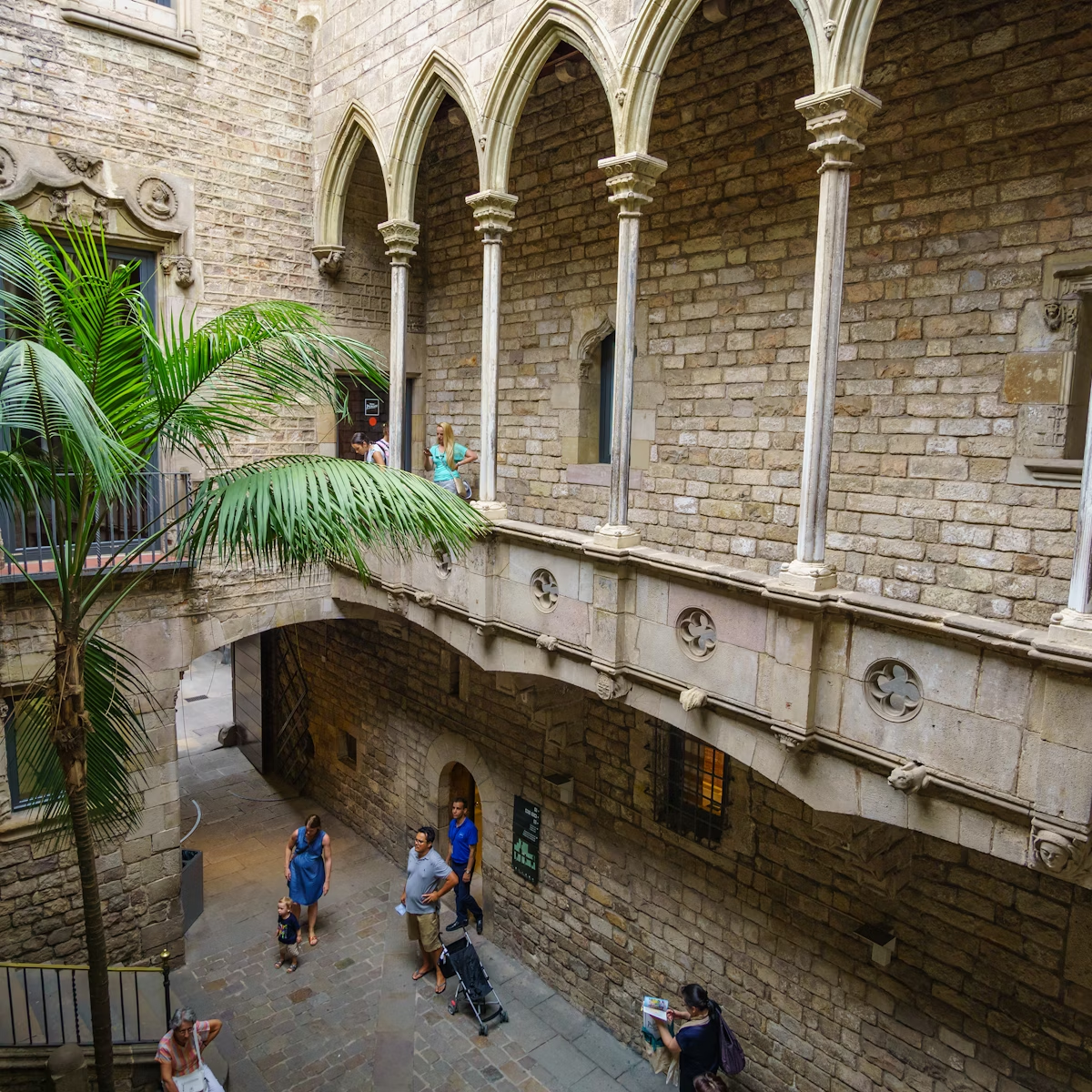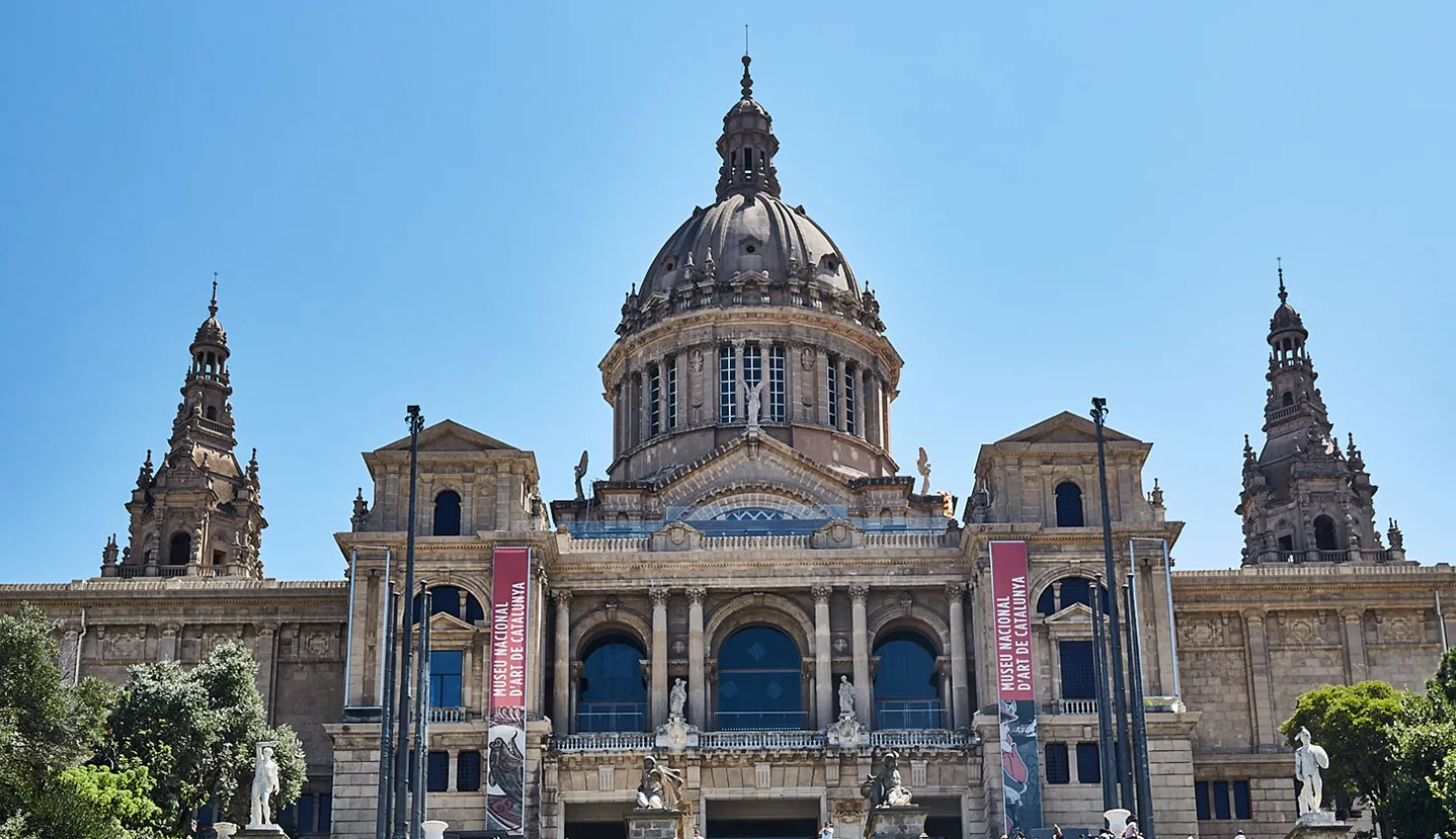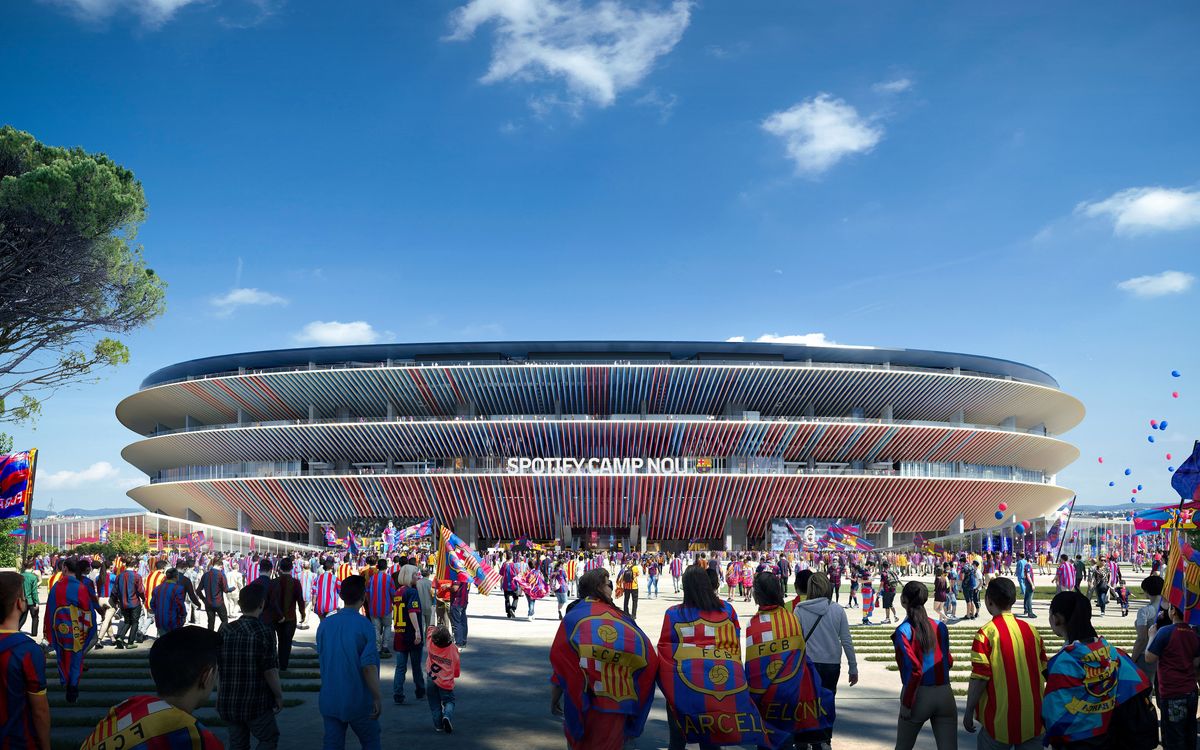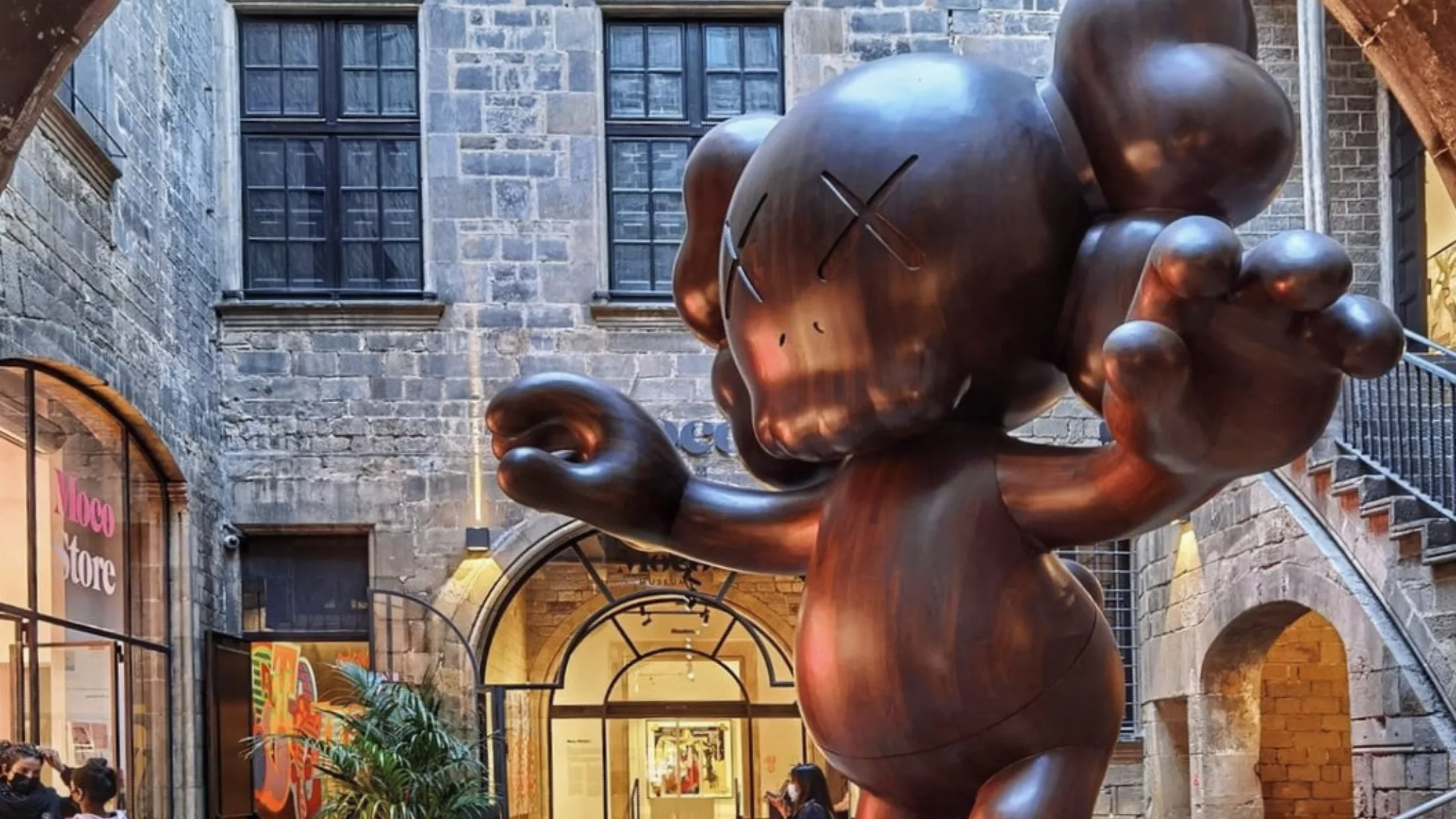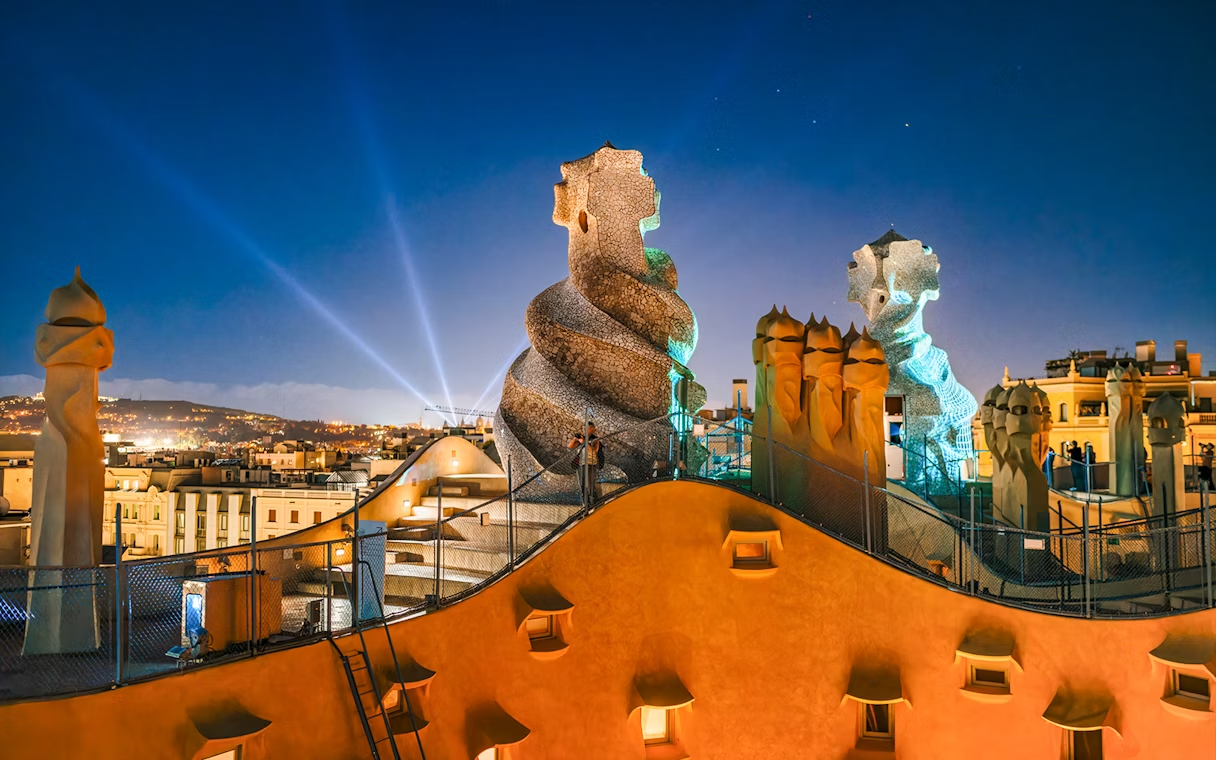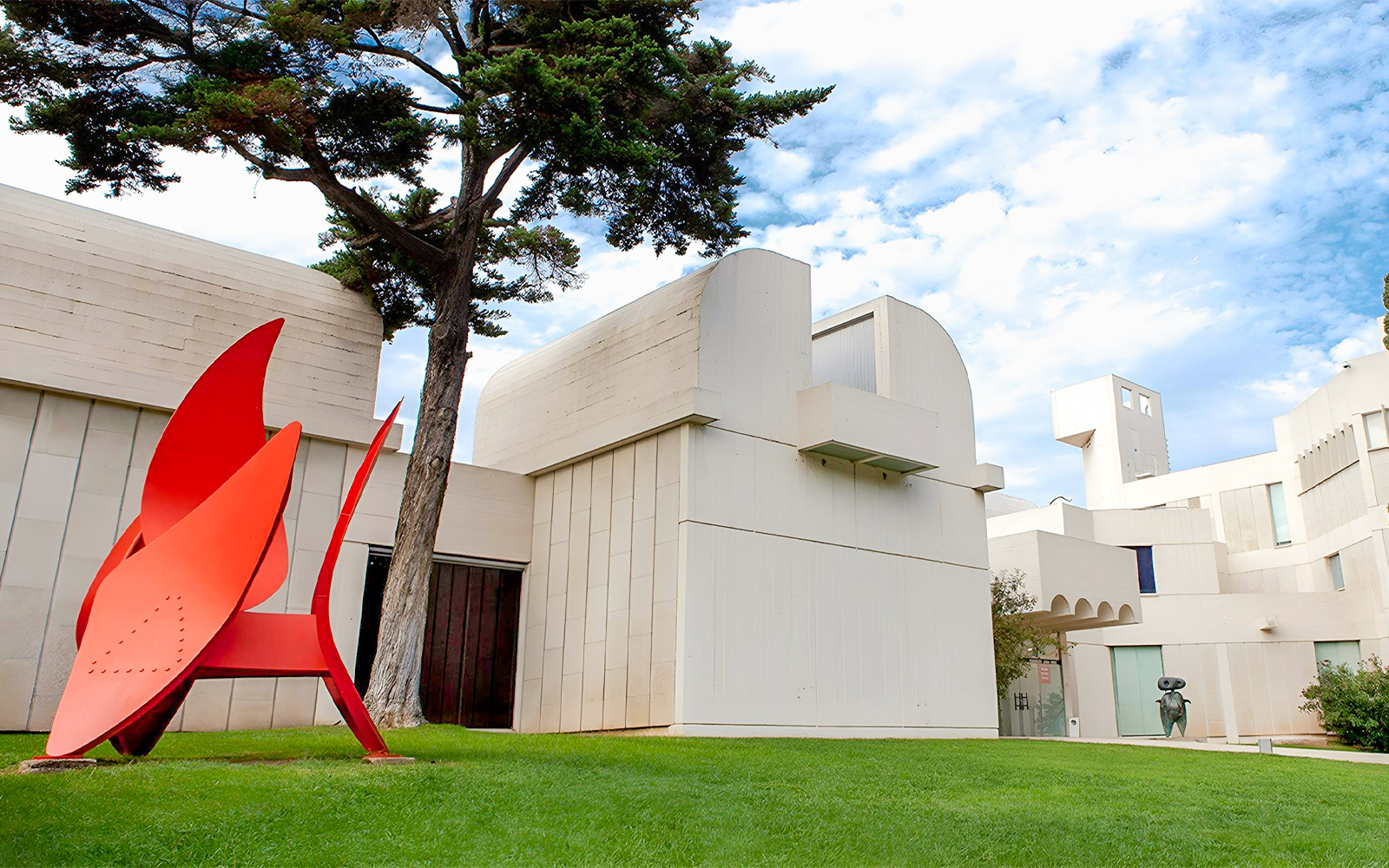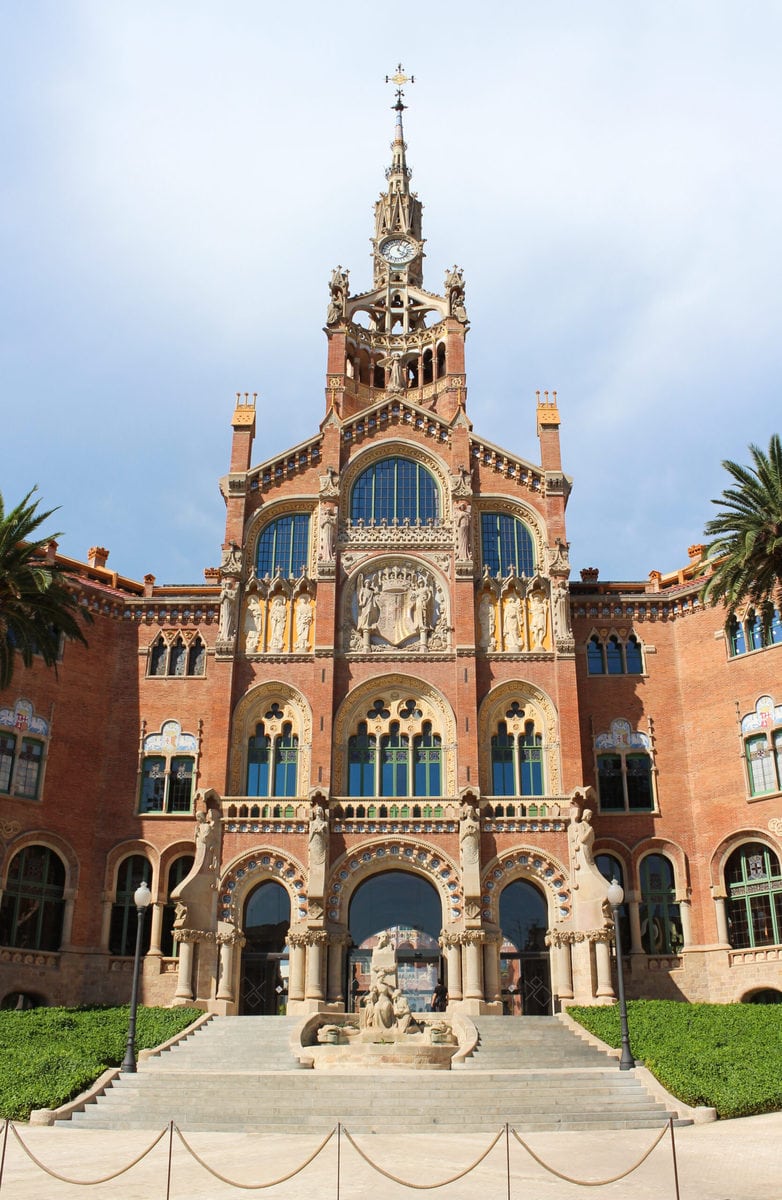What to See at the Sagrada Família
The Picasso Museum is home to one of the most complete collections of the artist’s early work. It’s arranged chronologically, so you follow Picasso’s journey from teenage prodigy to mature innovator.
Early Works (1890s–1904)
This section shows just how gifted Picasso was from a young age. His drawings and paintings from as young as 14 reveal a classical technique far beyond his years.
The Blue Period
This emotional and somber phase focuses on themes of poverty, isolation, and humanity. You’ll see haunting portraits and minimalist compositions in shades of blue.
The “Las Meninas” Series (1957)
A modern reinterpretation of Velázquez’s famous painting. Picasso created 58 versions, exploring and deconstructing the classic composition in his own radical style. This is one of the museum’s main highlights.
Ceramics and Engravings
The museum also showcases Picasso’s work beyond painting, including his ceramic art, sketches, and lithographs, highlighting his versatility.
The Building Itself
The museum is spread across five interconnected medieval palaces, full of arches, courtyards, and Gothic architecture – a visual treat for history lovers.
A Short History of the Museum
The idea for the museum came directly from Picasso himself. Though born in Málaga, Picasso spent his formative years in Barcelona, considering it his spiritual home.
The museum opened in 1963, originally showcasing works donated by his close friend Jaume Sabartés. Over time, Picasso’s own donations (especially the “Las Meninas” series) greatly expanded the collection.
The current museum occupies a series of Gothic palaces on Carrer Montcada, one of the best-preserved medieval streets in the city. It now houses over 4,000 works, making it one of the most extensive Picasso collections in the world.
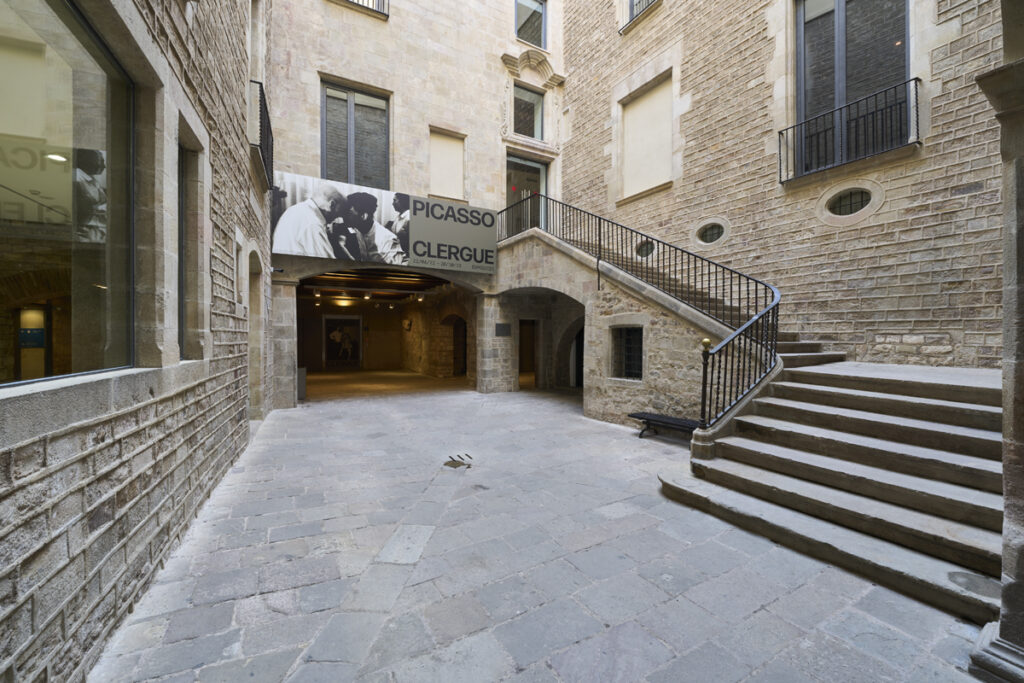
About Pablo Picasso
Pablo Picasso was more than just a painter — he was a revolutionary force in the art world. Born in Málaga, Spain, in 1881, Picasso showed exceptional talent from an early age. By the time he was a teenager, his technical ability already rivaled that of professional artists. But it wasn’t just his skill that made him iconic — it was his constant desire to challenge, reinvent, and redefine what art could be.
Picasso moved to Barcelona with his family in 1895, and the city played a major role in shaping his creative identity. He immersed himself in the local art scene, connected with avant-garde thinkers, and developed the foundations of what would become an incredibly diverse and prolific career. Although he later settled in Paris, Picasso always considered Barcelona his artistic home.
Throughout his lifetime, Picasso created over 50,000 works, including paintings, sculptures, ceramics, drawings, and prints. He co-founded the Cubist movement, developed new techniques in collage and abstraction, and experimented across styles, periods, and mediums. His most famous works include “Guernica”, “Les Demoiselles d’Avignon”, and “The Weeping Woman.”
What sets Picasso apart is not just the volume of his work, but the depth of innovation across his career. He moved effortlessly from realism to symbolism, from political protest art to playful ceramics. The Picasso Museum in Barcelona gives visitors a rare look at his early works, some of which were completed when he was just 14 or 15 — a testament to the genius that would shape modern art.
Picasso died in 1973 at the age of 91, but his legacy lives on in every corner of contemporary art. The museum in Barcelona remains one of the most significant tributes to his life, offering a personal and historical look at how it all began.

